
 Qatar’s construction sector has been progressing at a never-before-seen pace.
Qatar’s construction sector has been progressing at a never-before-seen pace.
Amidst the real estate and construction boom pervading the nation, Qatar is on the road to creating a niche for itself as the sports capital of the region.
Its bid to host the Olympics Games in 2016 is among the latest indicators of its ambitions in this direction.
And as in the advent of the Asian Games of 2006, the country is now gearing itself to unleash a torrent of developments that would be expected in such a destination. A dramatic overhaul of the capital’s transport system, accompanied by a 140-km light rail system to help ease traffic congestion, are just some of the major projects that are planned – and this is irrespective of whether its Olympic bid is successful or not. In addition, the number of hotels rooms is expected to more than quadruple to 80,000 by 2016 from just 18,000 now.
Flush with funds, an Opec member and as the world’s biggest exporter of liquefied natural gas (LNG), the country is making significant investments in developing its infrastructure and tourism facilities. Qatar’s total exports of LNG were estimated to be 31 million tonnes in 2007 and this is expected to increase starting from 2010 to 77 million tonnes annually, which is approximately one-third of world consumption. The building and construction sector grew by 17.7 per cent in 2006 on top of the previous year’s growth of 36.1 per cent and its contribution to Qatar’s GDP was 5.4 per cent in 2006.
The Public Works Authority (Ashghal) is reported to have unveiled projects worth a total of QR25 billion ($6.9 billion) for the period 2005-2009. The five-year plan includes 32 road projects, 19 buildings, and six drainage works. Road projects alone are expected to be worth QR13 billion, making it the biggest of the sectors.
Among the major public sector projects are the $9 billion New Doha International Airport and the $4.8 billion Qatar-Bahrain Causeway, also known as Friendship Bridge, and a major programme worth an estimated $3 billion to boost the country’s power generation and transmission capacity. In addition, plans have also been mooted for a highly ambitious causeway linking Doha with the UAE capital, Abu Dhabi, via a 65-km bridge across the Gulf, at an estimated cost of about $13 billion.
The buoyancy in the market has given an impetus to the real estate sector, which is in the midst of a boom. A law passed in 2004, allowing foreign investors to lease property in 18 specified areas for 99 years, has provided considerable momentum for growth. Some 180 multi-use complexes – some of them 100 storeys high and worth an estimated $60 billion – have been given the go-ahead and are scheduled for completion by 2012, according to news reports. According to Kuwait’s Global Investment House, around 16,000 new apartments are expected to go on the market in Doha by 2010. Among the largest realty projects under way are the $5 billion Lusail development – which itself encompasses a number of self-contained districts such as the Energy City Qatar and Entertainment City, the ongoing $2.5 billion Pearl-Qatar (see separate article) and the $1 billion Al Waab city (see separate article) and a string of developments such as the QR25 billion Barwa Al Khor and Barwa City.
Unprecedented demand for accommodation, both residential and commercial – where rents have surged by 30 per cent and 20 per cent, respectively – is fuelling the construction boom.
This apart, Qatar is also boosting the number of hotel rooms – a massive 7,000 new hotel rooms and nearly 3,000 apartment rooms are expected to be opened by the end of next year, Among the new properties which will open this year are: The W (340 rooms), Marriott Courtyard (200 rooms), Marriott Renaissance (257), Grand Hyatt (300), Hilton (320), Shangri-La (272), Rotana (204) and Holiday Hotel Villa and Residence (754). Properties under construction include the Taj Hotel at the Golf Club, Shaza Kempinski, three hotels in Pearl Qatar, Dubai Towers and the St Regis Doha Hotel.
Dubai Towers, which is scheduled for completion in 2010, will be a mixed-use development of 80 floors, offering retail, state-of-the-art offices, a five-star hotel and apartments operated by Dubai-based Jumeirah International (see separate article).
To cater to the luxury lifestyle of an increasingly affluent society where the per capita income is the highest in the world, significant investments – estimated at $1.4 billion by end-2009 – are reported to go mainly towards building and expanding shopping centres. The total area for retail outlets and shopping malls is expected to reach 1.07 million sq m by 2010.
Qatar, however, hasn’t been immune to the soaring costs that seems to be hitting all sectors of the global economy. The inflation rate – one of the highest in the region – has been put at 13.73 per cent in the Gulf state and as with other GCC states, Qatar is constrained in the fight against inflation because its currency is pegged to the dollar.
With costs of construction materials – primarily cement and steel – having risen by some 30 per cent recently, the government has been making efforts to stem the price rise and has set up Qatar Raw Materials Company, to manage building materials supplies and control prices. The nation has also boosted capacity at its ports to prevent bottlenecks from driving up the costs. It also intends to build cheaper homes and has provided Barwa Real Estate Company, a leading local property developer and an affiliate of state-owned property developer Qatari Diar Real Estate Investment Company, with land at “nominal prices” to build some 8,000 “low-cost” homes in the next two years.
Real estate
Over the past year, Qatar has been consolidating plans for the already-announced projects – the prime movers being Qatari Diar and its affiliate Barwa Real Estate, Dar Investment and Development Company (Dar) and United Development Company (UDC).
Infrastructure work is due to start shortly on the Lusail development, which is being spearheaded by Qatari Diar. Expected to host about 200,000 residents over an area of 35 sq km, the development will consist of 10 self-contained districts, each with its own infrastructure and amenities. The project will include a lagoon, two marinas, residential and commercial areas, hotels, residential units and retail and leisure facilities and is due for completion by 2010. The first package for infrastructure involves the construction of roads, telecommunication cables and utility tunnels, which is expected to be completed by July 2009.
Qatari Diar has also tied up with Masraf Al Rayan to develop the $225 million Lusail Corniche project over an area of 600,000 sq m as part of the Lusail Waterfront District.
Among the 10 districts are the $3 billion Entertainment City Qatar (ECQ), for which Abu Dhabi Investment House (ADIH) has appointed Forrec as the leisure and attraction consultant and Energy City Qatar, the Gulf’s first hydrocarbon industry business cluster.
Qatari Diar is also developing a 108-floor skyscraper that will cost about $1.23 billion and an adjacent exhibition centre, in the West Bay District. The tower will be 540 m high, comprising 118 floors. It will host a five-star hotel, offices and luxury apartments. The developer will also build an underground railway in order to facilitate the access to the expo centre.
Meanwhile, as work continues on a number of towers on Pearl-Qatar, its owner and developer UDC has been launching other developments within this Riviera-style man-made island – the latest among which is the Qanat Quartier.
Among the major developers within the Pearl-Qatar is Sabban Property Investments (SPI), which is developing the QR1.2 billion Sabban Towers – the first carbon neutral development in the Middle East when it is completed this year. SPI has partnered with The CarbonNeutral Company (TCNC) to achieve carbon neutral status for the Sabban Towers by assessing, reducing and offsetting its greenhouse gas emissions. The luxury three-tower residential project is constructed on one podium, and is located on the Porto Arabia marina.
Excavation and construction work is under way on the billion-dollar Al Waab City, a 1.2 million sq m development. Promoted by Nasser bin Khaled Group (NBK), it will include more than 2,100 residential units and business units, a 200-room luxury hotel, retail outlets and other amenities.
Meanwhile, work continues on Qatar Foundation for Education, Science and Community Development’s (QF) new city that is devoted to providing excellence in education. Education City, as it is known, continues to grow in a phased manner into its 1,433-hectare site located in the west of Doha on the road leading to Dukhan. More than half of this area – 754 hectares – is presently being developed and is scheduled for completion by the end of 2010. A number of educational facilities are already fully operational while others are under construction. Among the latest contracts to be awarded was for the Sidra Medical Centre. Contrack International in joint venture with Spanish construction group OHL has won a $2.4 billion contract to build the all-digital world-class teaching and research facility by 2010. Phase One will include 382 beds, a clinic/research building, a service building, nurses residence and multiple parking facilities. It will ultimately expand into a 550-bed hospital.
Among the many projects being developed by Barwa Real Estate, The Barwa City has moved ahead with the award of a $1.34 billion contract to Bilfinger Berger for the construction of 6,000 homes. Located in the south of Mesaimeer Road, the project will be built in two phases and the current contract is for Phase One.
Another major housing project is Qatar Petroleum’s $2 billion Mesaieed Housing Project. The project is being developed by Qatar Real Estate Investment Company (QREIC), which has appointed Arab Engineering Bureau for the design works for the Phase Two of the development. The 3 million sq m project will comprise 5,225 residential units for employees of QP and its subsidiaries, working in Mesaieed Industrial City. Construction work on the project is expected to begin by September this year.
Airport & ports
As work on the first phase of the New Doha International Airport (NDIA) continues, construction costs of the complex – originally estimated at $5 billion – are expected to have escalated to $9 billion because of soaring material and machinery costs. About 50 per cent of the work is reported to be completed and the new facility is expected to open next year. Among the latest facilities to be awarded on the development is the catering facility, which was awarded to the Malaysian Muhibbah Engineering for completion in February 2010.
Meanwhile, roads are being built to connect the airport to the city, including the extension of the Ras Abu Aboud Road and efforts are under way to build a rail link to the new international airport, an element that was left out of the original design.
Among plans for the ports sector, the Qatari government intends to construct a large port south of Al Wakra in the Mesaieed area at an estimated cost of about $5.5 billion).
Roads & rails
The most prestigious project to be awarded in the roads and bridges sector is the Friendship Bridge, which will link Qatar with Bahrain. The Qatar-Bahrain Causeway Foundation signed a memorandum of understanding late last year with a consortium of five firms led by France’s Vinci Construction and Qatari Diar to start the construction works on the causeway by May this year. The causeway will be 40 km long and is expected to be completed in four years. The causeway, which is expected to be among the longest in the world, will include a railway line for high-speed train.
Ashghal, meanwhile, is undertaking a total of 39 projects, including a new 140-km light railway system and metro in the capital, to help ease traffic congestion. Construction of the light rail system’s first 85 km is scheduled to begin in 2009, with completion of the metro scheduled for 2015. The network will link all major potential Olympic venues and villages, including Doha Port, the hotel district and the new international airport, the first phase of which is expected to cost of $9.5 billion.
A number of multi-lane motorways and extensions to major road networks are also set to be completed by 2010, among which is the QR8 billion Doha Expressway project which witnessed significant progress during the year, and the second and third phases of Al Shamal Road and the North Road Project respectively, contracts for which were awarded last year.
Power, Water & Wastewater
Qatar has drawn up plans for a $30 billion expansion of its power and water sector in a bid to raise the country’s power output capacity by 150 per cent to 10,500 MW by the year 2015, according to the Qatar General Electricity and Water Corporation (Kahramaa). It includes construction of power and water desalination plants as independent water and power projects (IWPPs) and transmission and distribution networks including around 120 new substations, to meet demand that is said to be growing at the rate of 12 per cent per year. Electricity demand is expected to rise from 4,200 MW in 2007 to 7,900 MW to more than 10,000 MW by 2015, while demand for water is expect to triple to 450 million gallons per day in 2015.
Among the major contracts awarded last year in this sector was a QR1.6 billion ($450 million) deal with ABB to expand the country’s power transmission system. The work includes three substations, which are scheduled to be energised by June.
In the waste water sector, Keppel Corporation secured a $1.06 billion design-build-operate deal last September from Ashghal for the largest greenfield wastewater treatment and water reuse facility in Qatar. The facility will have a capacity to treat wastewater of up to 439,000 cu m a day and will serve a population of over 900,000 when it becomes operational in 2010.
Ashghal has also recently awarded Korean-based Ultra Construction and Engineering Company a $357 million deal for the expansion project of Doha North sewage treatment plant. The project is expected to be completed in three years.
Industry
In a little more than a decade, Qatar has been able to transform itself from a non-producer of LNG into the biggest exporter in the world. In addition, the industrial sector has been encouraged as an important avenue for diversfication for the hydrocarbon-reliant economy. Spearheading growth in this sector is Qatar Petroleum (QP) and its subsidiaries, which are developing a number of LNG, gas-to-liquids (GTL) and petrochemical ventures in Qatar, in partnership with international majors. In the LNG field, it is developing Qatargas II, which is expected to come on by 2009 as well as RasGas’ trains 6 and 7 that are due to be operational this year and by 2010, respectively. QP is also developing a world-scale petrochemicals complex at Ras Laffan jointly with the US’ ExxonMobil Chemical Company.
QP subsidiary Qatar Fertiliser Company (Qafco) continues with its expansion and has awarded a $3.2 billion contract to Italian-Korean consortium of Snamprogetti and Hyundai Engineering and Construction for the fifth phase of its fertilisers complex – Qafco V. The fifth phase will include two ammonia plants with a capacity of 4,600 tonnes of per day, and one urea plant with capacity of 3,850 tonnes of urea per day. Upon completion, Qafco will be the world’s largest single site producer of both ammonia and urea.
Another project being developed by Qafco is a $248 million melamine facility, which is expected to start operations in early 2009. The plant, located in Mesaieed, is being developed jointly with Qatar Intermediate Industries Holding Company and will produce 60,000 tonnes of melamine per annum.
The nation is also building one of the world’s largest aluminium smelters – the largest built in one stage – which is designed to produce 585,000 tonnes of aluminium per year once it becomes operational in 2009. The foundation stone for the multibillion-dollar Qatalum smelter, a QP-Hydro joint venture at Mesaieed, was laid last December.
General Electric’s energy unit and South Korea’s Doosan Heavy Industries have won a $1 billion order to build a power plant to supply electricity to the smelter. The consortium will build the 1,250 MW combined cycle power plant in Mesaieed Industrial City which is scheduled for completion by July 2010.
Apart from mega industrial ventures, Qatar is also encouraging small and medium enterprises (SMEs) and is currently building Phase Two of an industrial area dedicated to SMEs, following the success and completion of Phase One. Kuwait-based Combined Group Company for Trading and Contracting has the $181 million contract, which is expected to be completed in by 2010.
Other industrial ventures and expansion under construction include:
• GTL plant – Royal Dutch/Shell Group has awarded Athens-based Consolidated Contractors International Company (CCC) a QR3.5 billion ($980 million) construction contract on the Pearl GTL project, which is expected to produce some 3 billion barrels of oil-equivalent wellhead gas over the period of the development and production sharing agreement.
• Shipyard – South Korea’s Daewoo Engineering and Construction Company has been awarded a $610.6 million contract by Qatar Gas Transport Company to build a shipyard in Ras Laffan Industrial City, with two dry docks, one floating dock and other facilities. Construction is expected to be completed by December 2009.
• Cement plant – Gulf Cement Company is constructing a cement plant with a daily capacity of 5,000 tonnes of cement in Doha’s Umm Bab industrial area. The project will be completed in 2010, but the first facilities are expected to be operational in the last quarter of 2008.
Other projects
• Doha has begun work on the world’s first underground stadium, which will be used for matches during the 2011 Asian Cup football tournament and future events. The stadium, which will cost over $20 million, will be an all-weather sports facility located about 3 km away from Al Ahli Stadium.



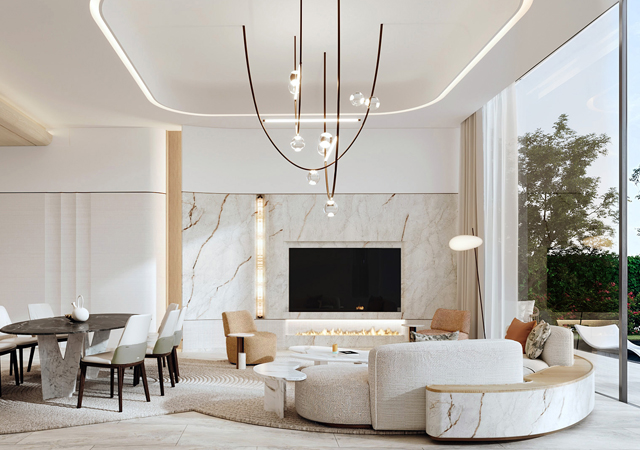
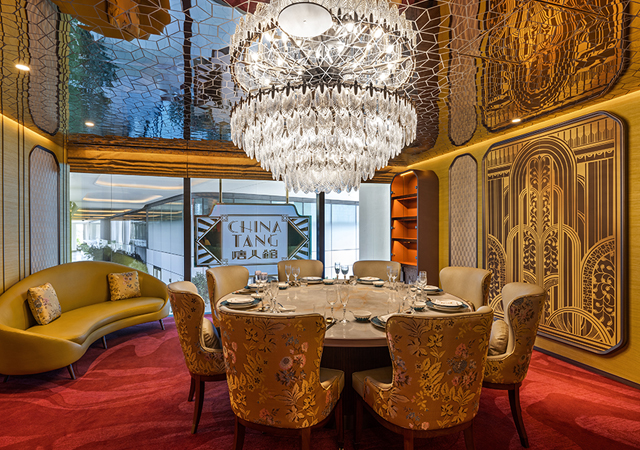
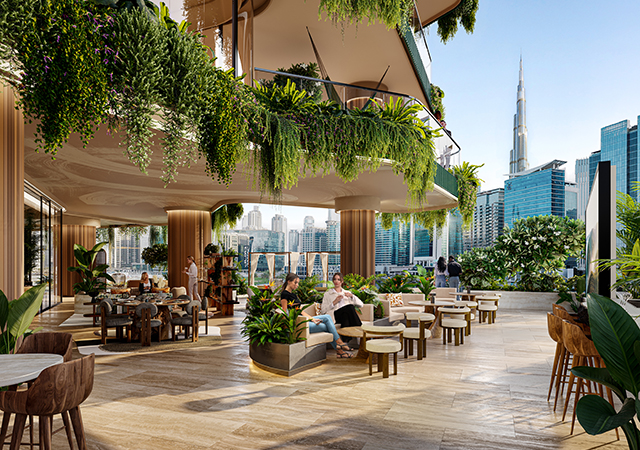
.jpg)
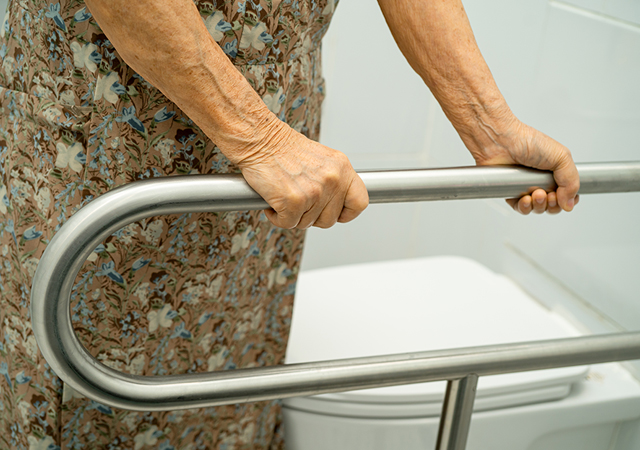



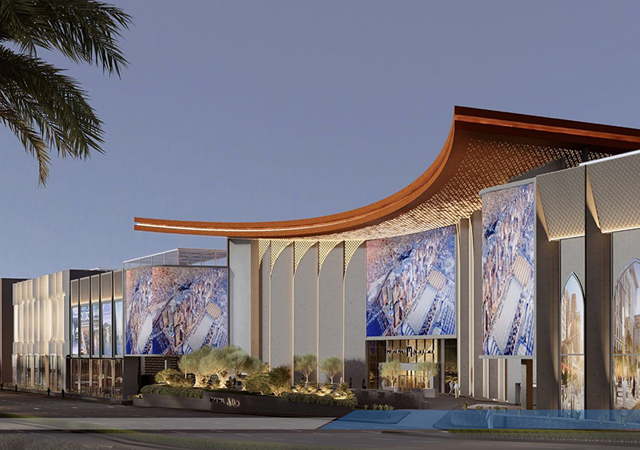
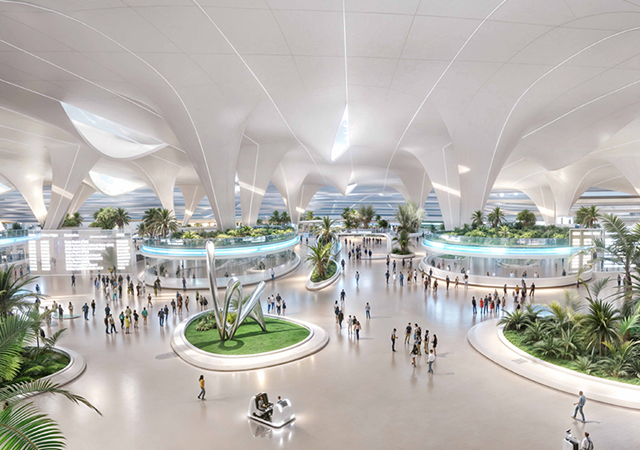
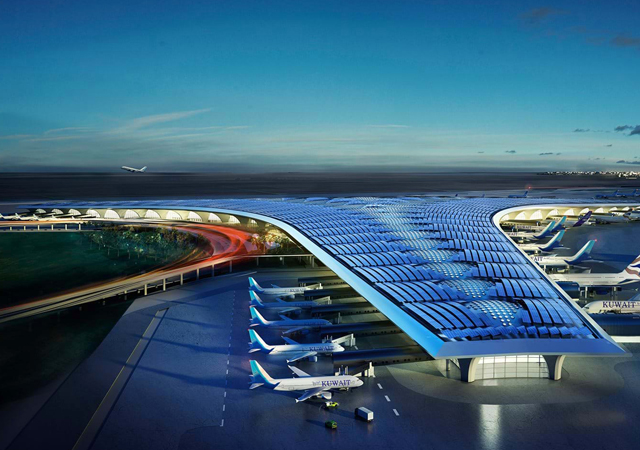
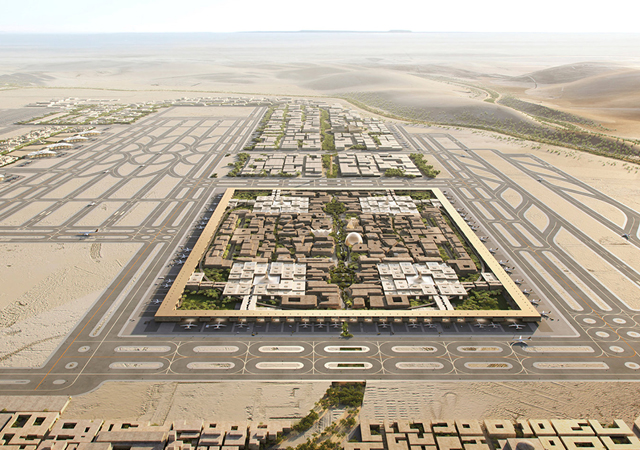
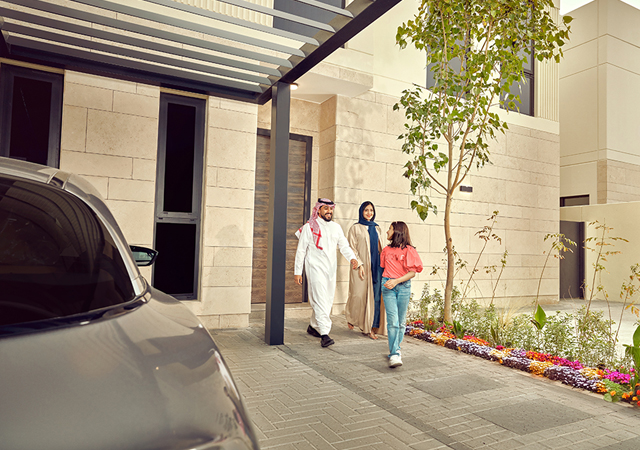
.jpg)
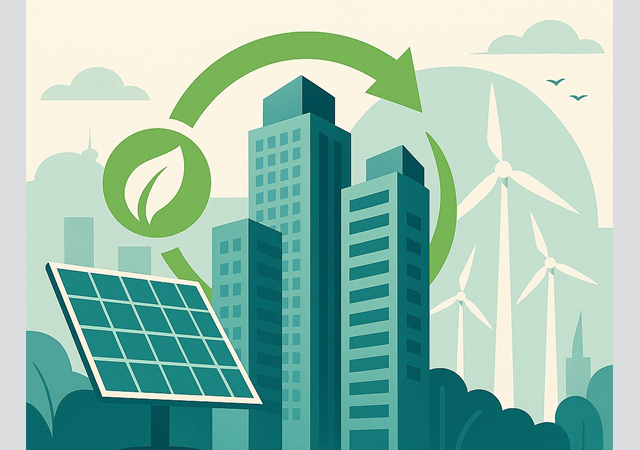
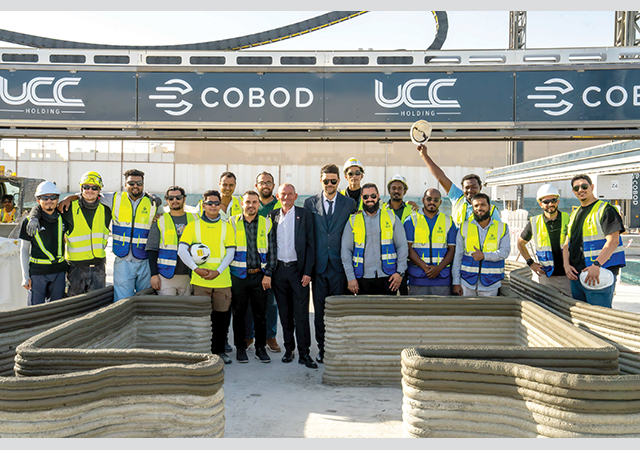
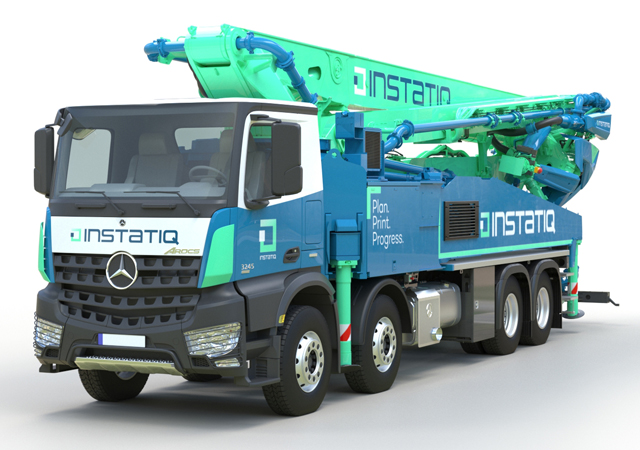
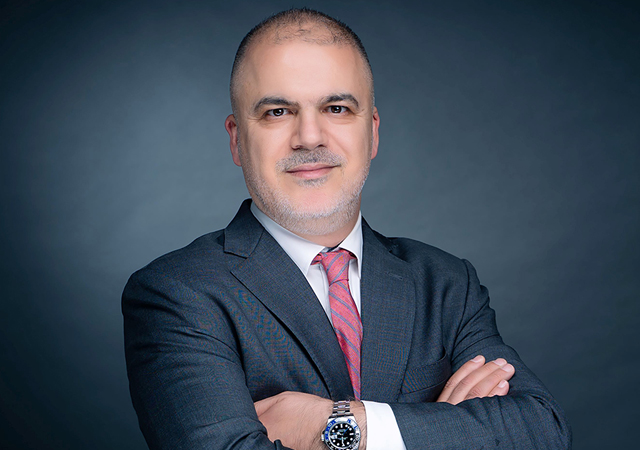
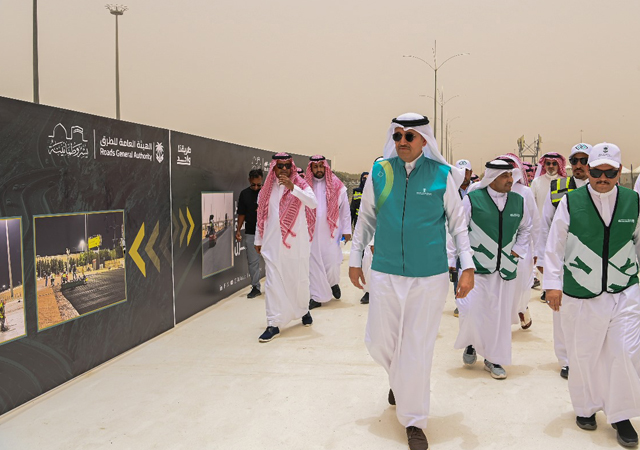
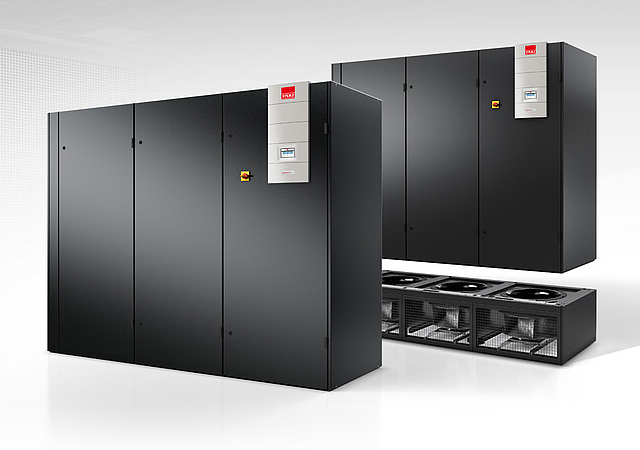
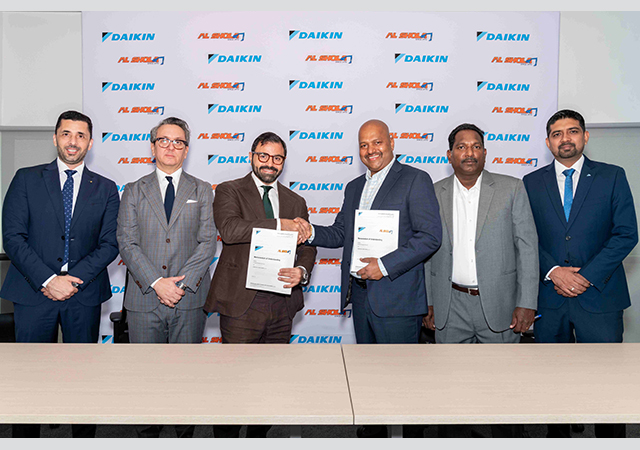

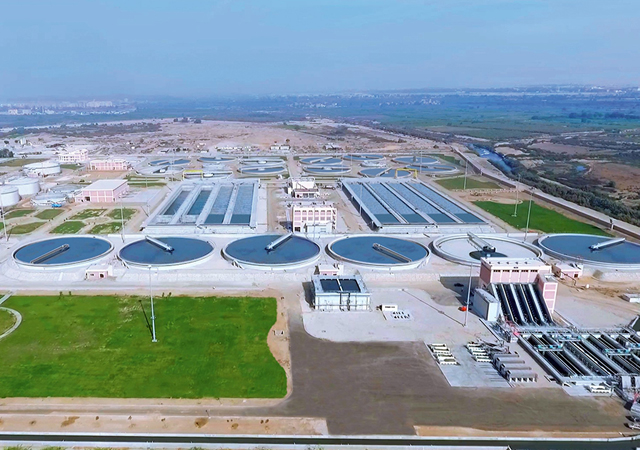
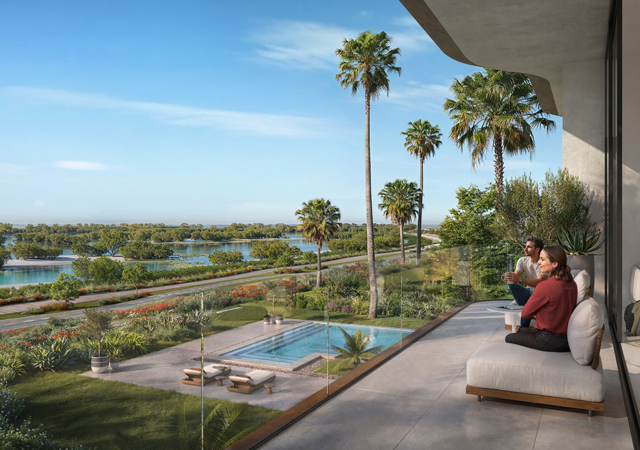
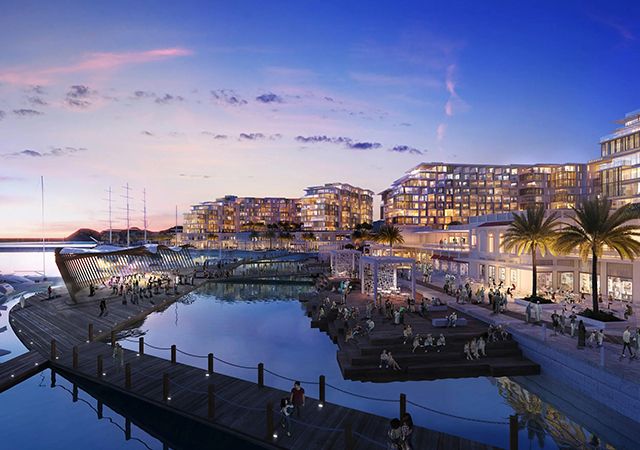

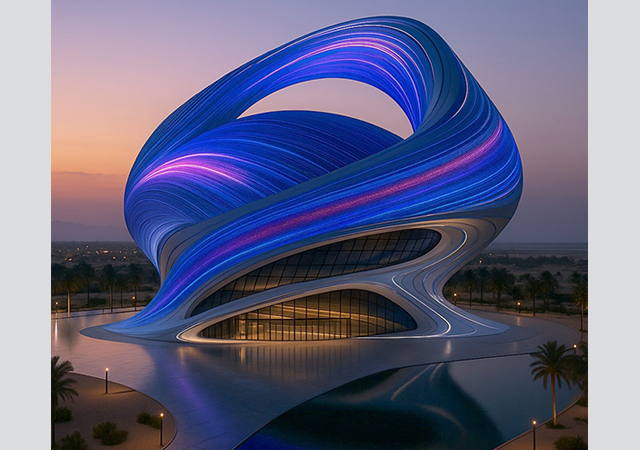
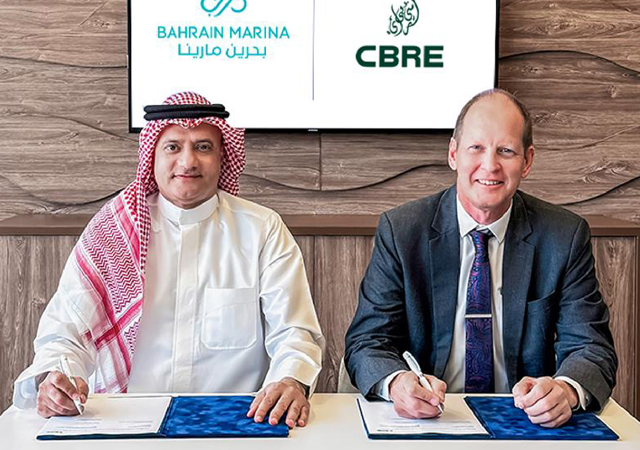
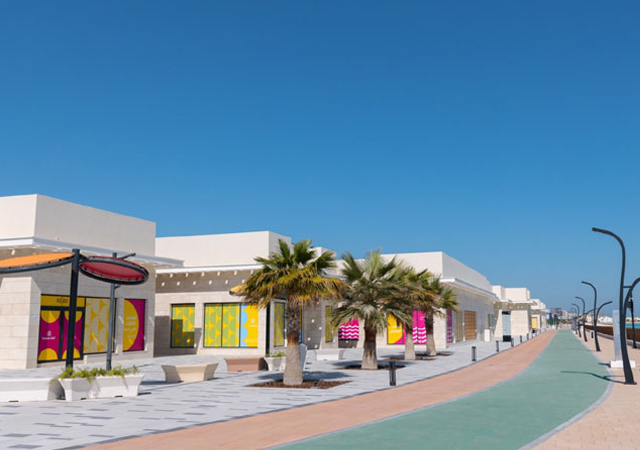
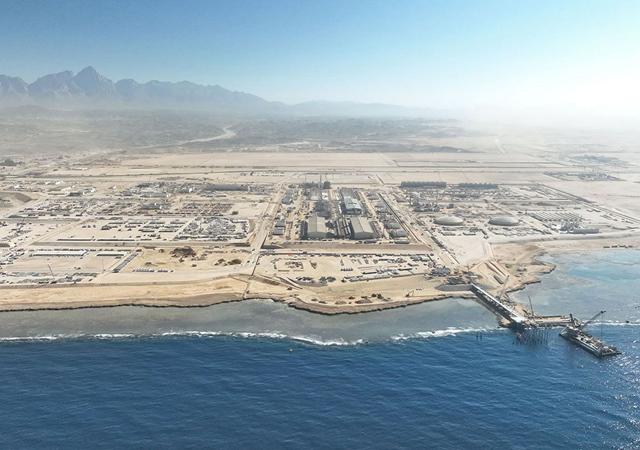
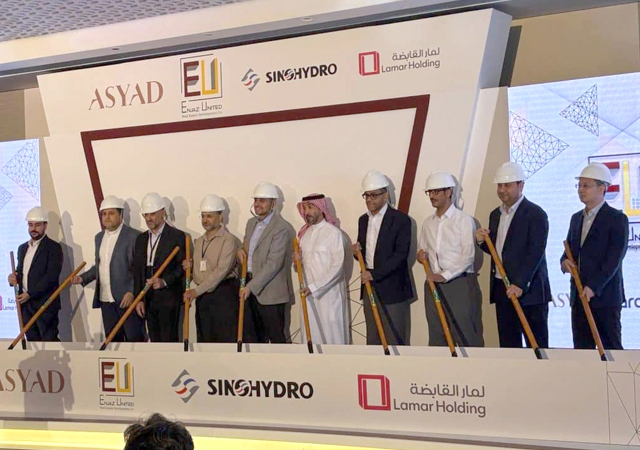
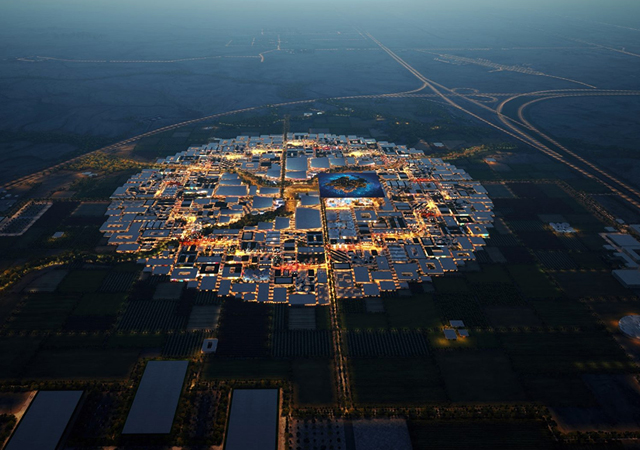
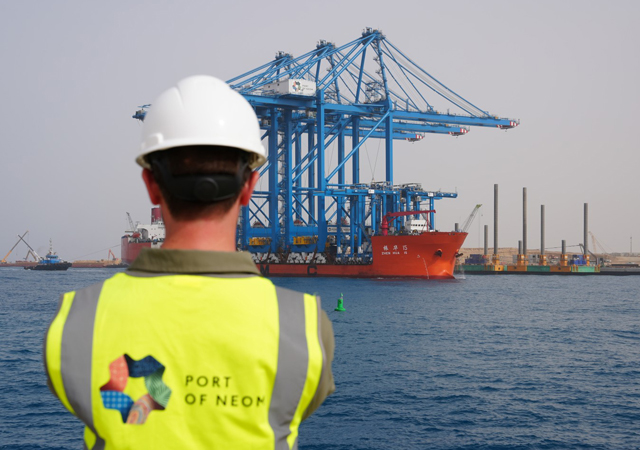
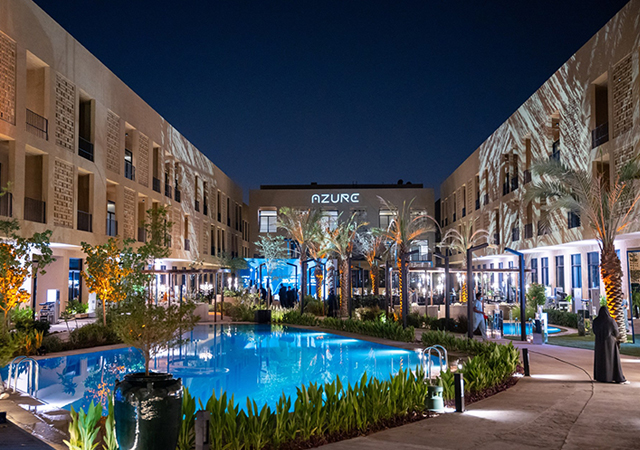
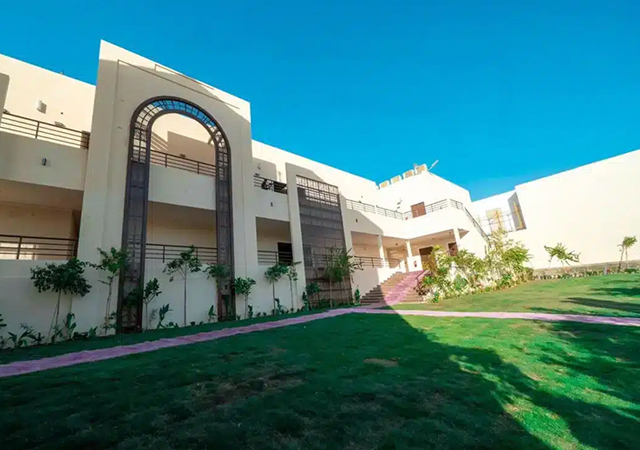

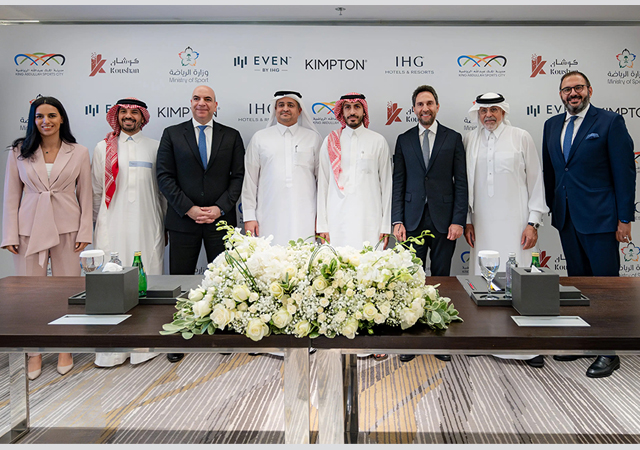
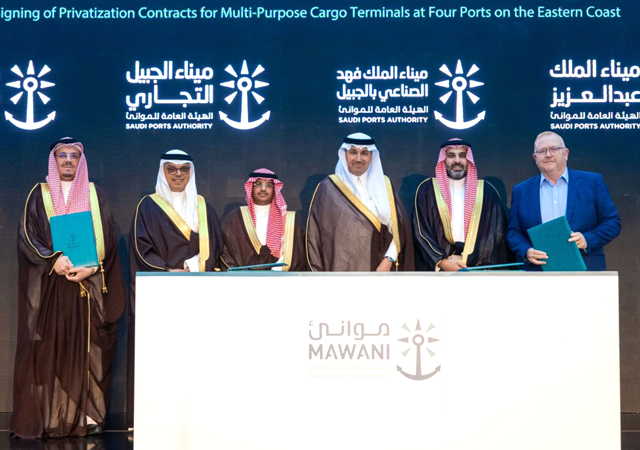
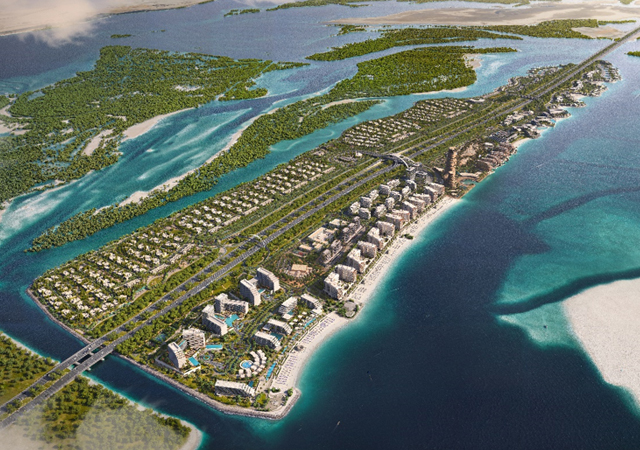
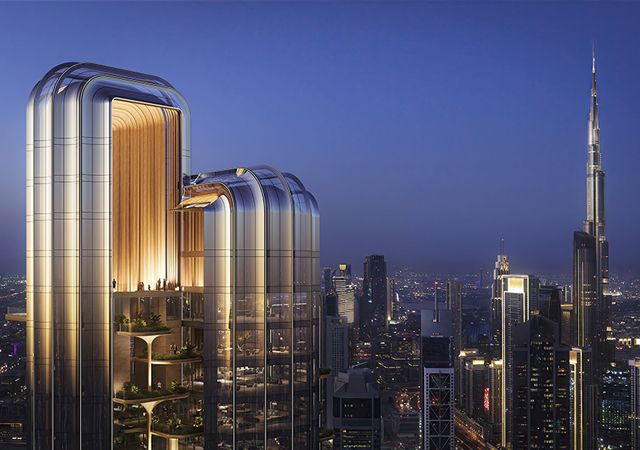
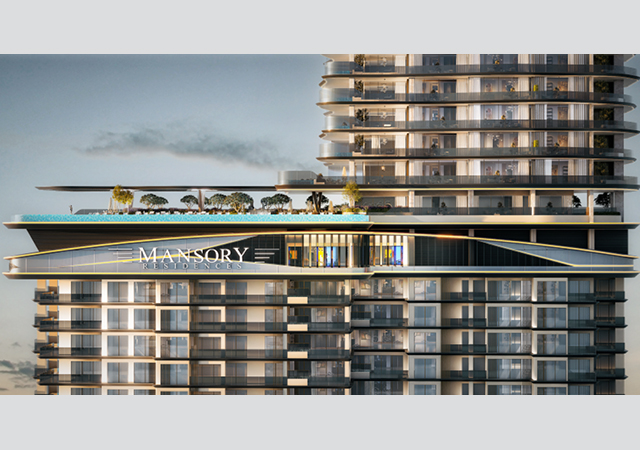
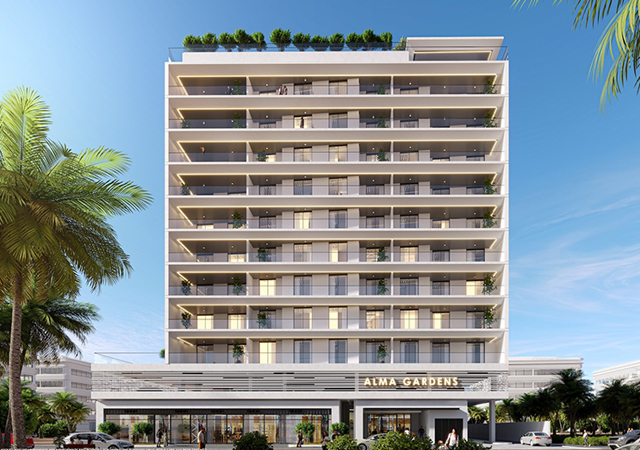

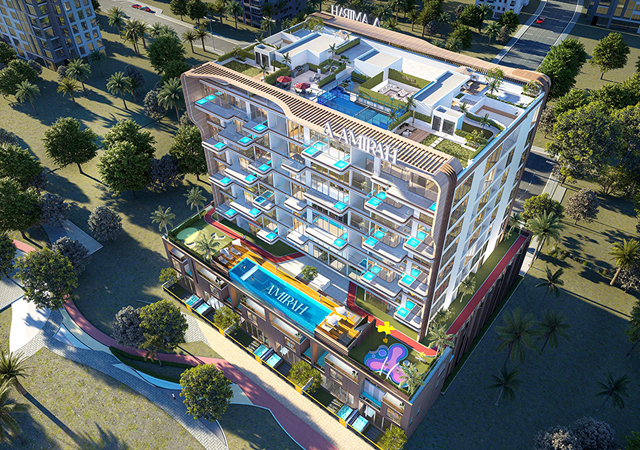
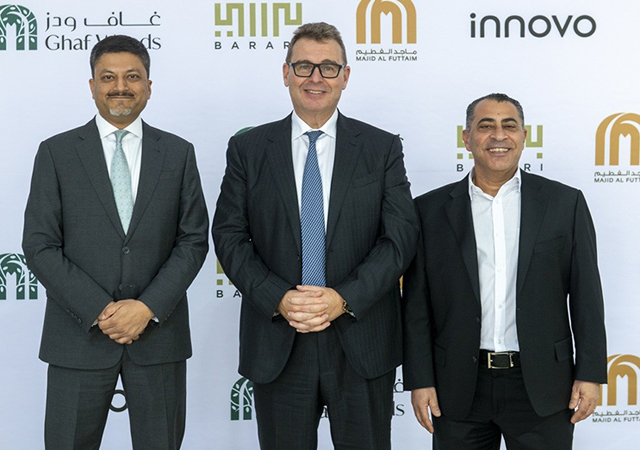
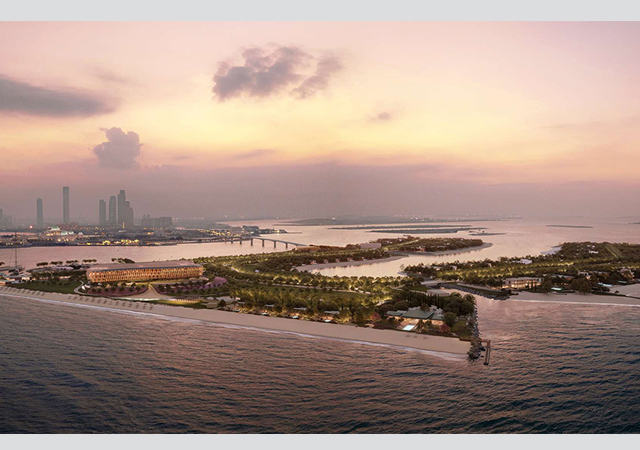
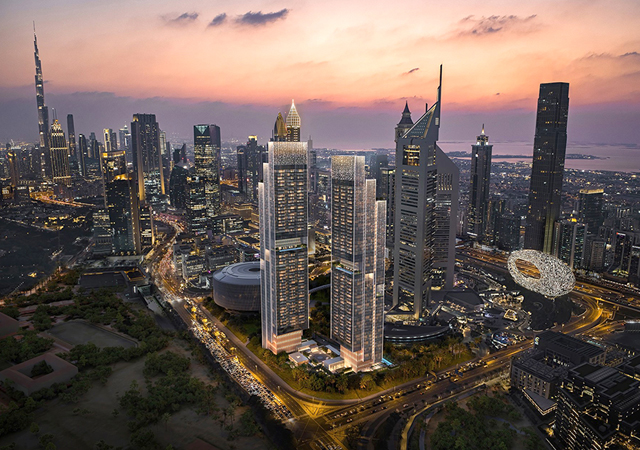
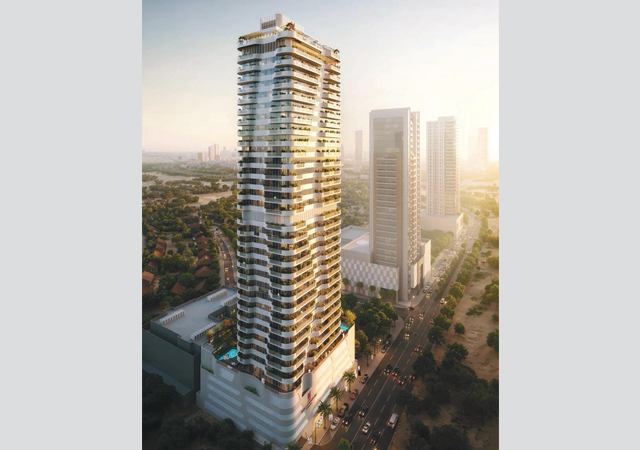
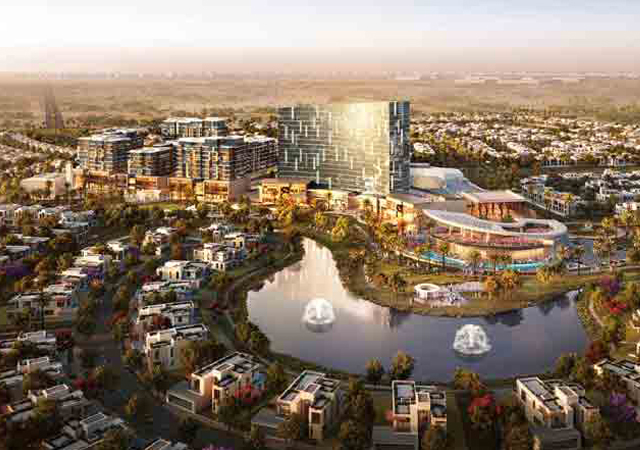
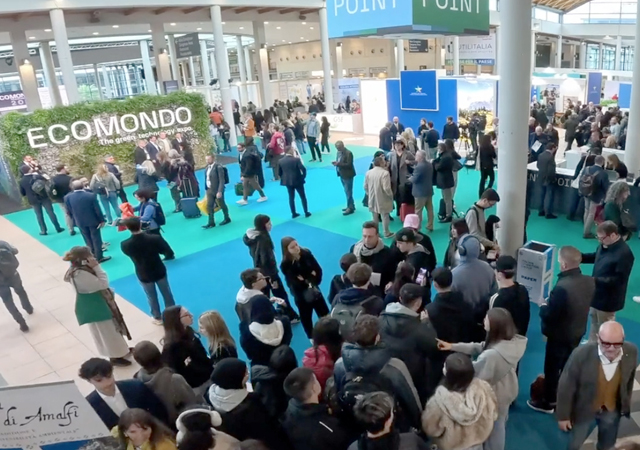
.jpg)











